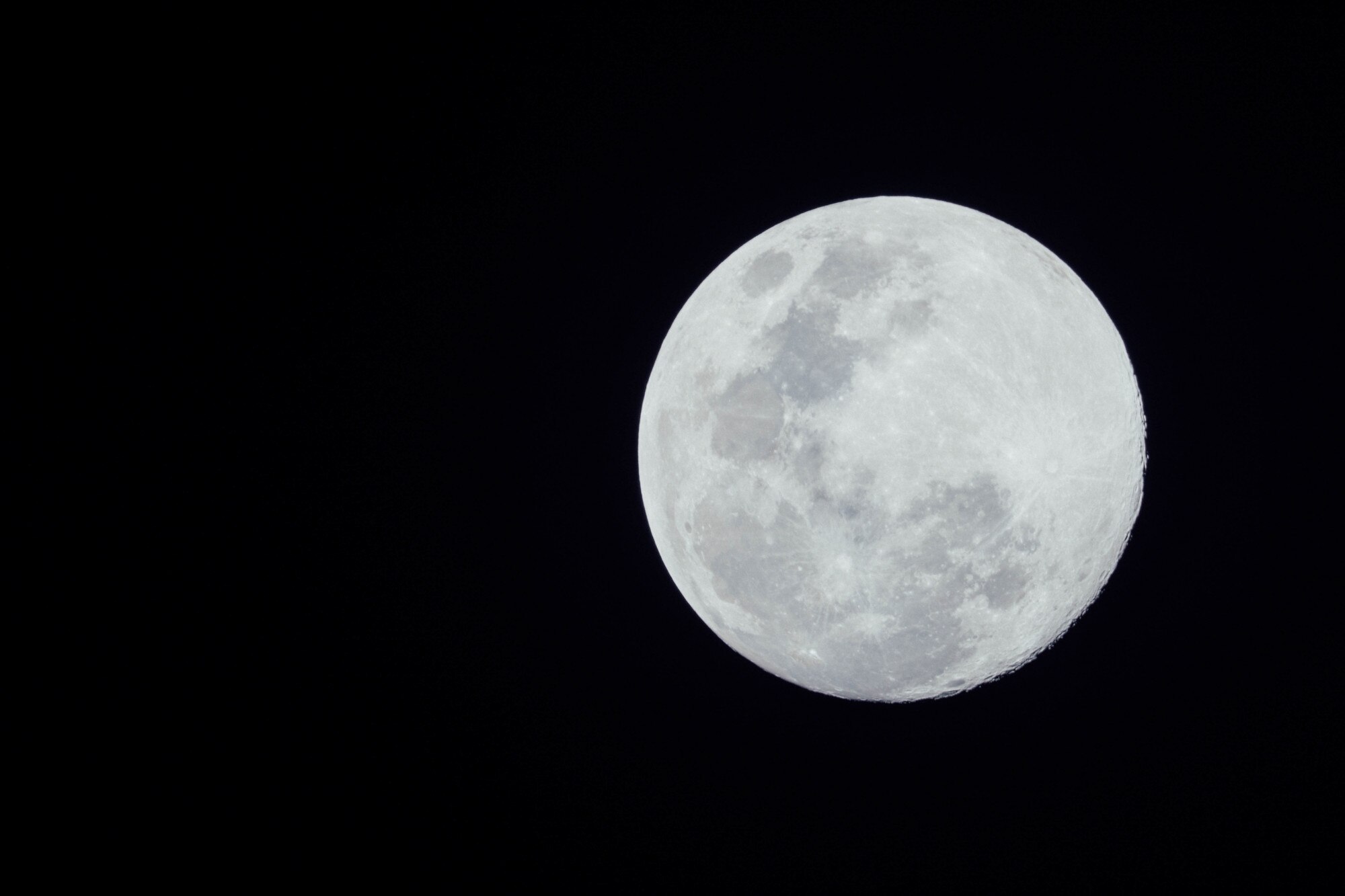
On the evening of Wednesday 12 February 2025, the Snow Moon, the second full moon of the year, will rise over Luxembourg.
The tradition of naming each full moon comes from the early Native Americans, who did not utilise a system of measuring time, such as the Julian or Gregorian calendars, but kept track of time by observing seasonal changes and lunar cycles.
This trend was noted by colonial explorer Jonathan Carver in the late 1700s as he travelled across the United Colonies from 1766 to 1768. In 1778, two years after the Declaration of Independence was signed and the United States of America were established, Carver published the account of his expedition, entitled “Travels through America in the Years 1766, 1767, and 1768”. In this, he documented how the Native Americans named each full moon as a reference to a particular aspect of seasonal change.
The origins of the name of the Snow Moon are attributed to February historically seeing the heaviest snowfall of the year. This was a significant title for the natives of the Naudowessie tribe of Dakota as it marked a period when hunting became difficult due to the conditions. Other tribes gave different names to this moon, such as: Bald Eagle Moon (The Cree), Bear Moon (The Ojibwe) and Groundhog Moon (The Algonquin). The Cherokee chose to name it the Hungry Moon due to the scarcity of food of available during this period of the year.
Each calendar year, based on the Gregorian system of measurement, ordinarily features twelve full moons but, much like the adjustments made to this calendar with the introduction of a leap day every four years, there are years which feature thirteen full moons. This additional full moon is often referred to as a Blue Moon.
This year’s Snow Moon will appear above the horizon, in a north easterly direction, on the evening of Wednesday 12 February at approximately 17:42, and at a distance of approximately 390,000 km. Next month’s full moon will occur on Friday 14 March and is referred to as the Worm Moon.
SM








